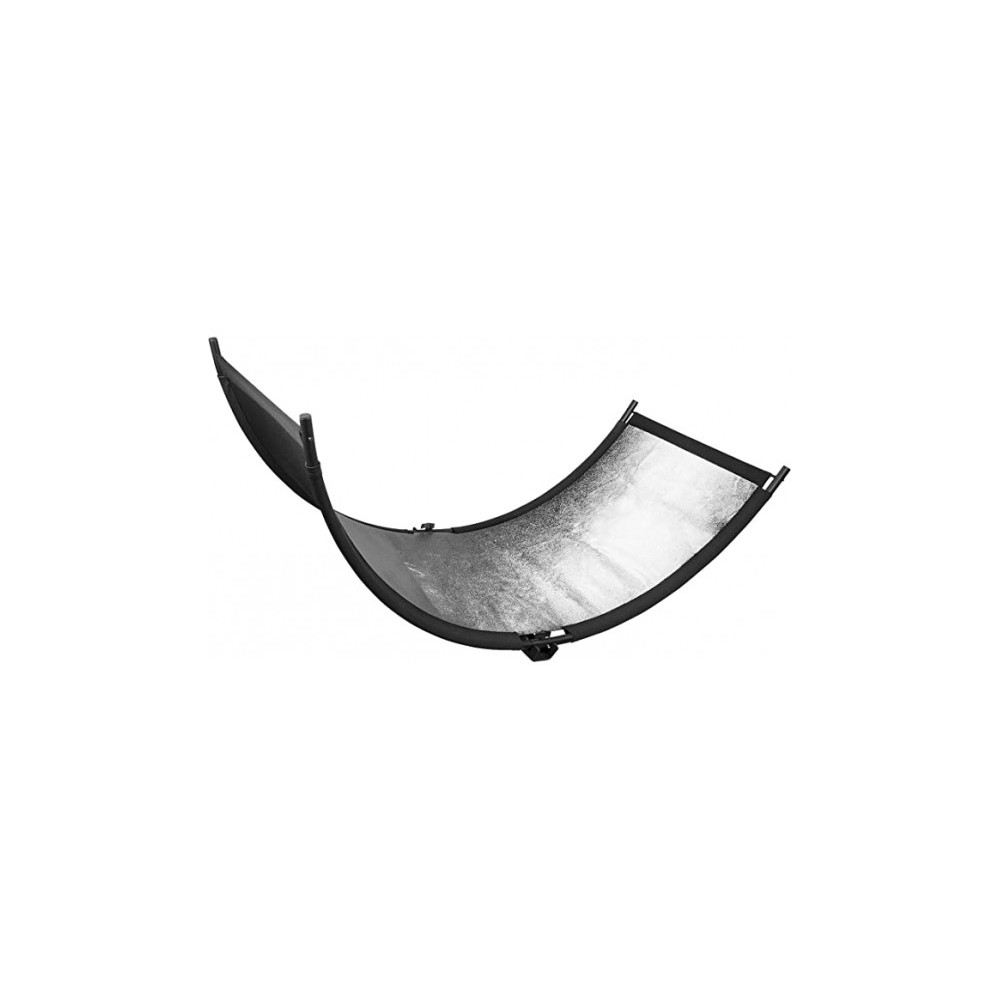
Light can also arrive at an object after being reflected, such as by a mirror. Light can travel to an object through various media, such as air and glass. It can come directly from the source through empty space, such as from the Sun to Earth. There are three ways, as shown in Figure 16.2, in which light can travel from a source to another location. There are six possible ratios therefore, there are six such functions. Trigonometric functions are ratios of the lengths of two sides of a right triangle.

In this chapter, we apply equations that use trigonometric functions that describe the properties of angles. In this chapter, we are focused on the first three ideas. Geometry is the study of relationships involving points, lines, angles, and shapes.

The lines must be straight lines for the number to have meaning. Recall that, in geometry, angles are numbers that tell how far two straight lines are spread apart.
#Curved photo reflector manual
In addition, the High School Physics Laboratory Manual addresses content in this section in the lab titled: Mirrors and Lenses, as well as the following standards: (F) describe the role of wave characteristics and behaviors in medical and industrial applications.(E) describe and predict image formation as a consequence of reflection from a plane mirror and refraction through a thin convex lens and.(D) investigate behaviors of waves, including reflection, refraction, diffraction, interference, resonance, and the Doppler effect.The student knows the characteristics and behavior of waves. Wit those cirved reflectors you need to be able to feather and carefully control the position according to the angle of incidence of the property ligh source, it has to stay in place.Įd Shapiro- Commercial and Portrait Photographer.The learning objectives in this section help your students master the following standards: In the studio, shooting small products and food, I have time to mess around with DIY stuff- I can make them to size, etc, however, when I am working with models, people in general, or industrial machinery, I want a sturdy reflector and light stands. I purchased my first Westcott umbrellas and reflectors in 1980 and I still have most of them in daily service. For many jobs, especially location work, where I need fast and efficient setup and takedown, sturdy construction and maximum control, I use mostly Westcott modifiers and reflectors- including the curved models you mention. I have improvised many kinds and shapes of reflectors for my in-studio commercial work using Foam-Cor, Coroplast, aluminum foil, Rosco reflective material, etc.

Singles sheets and also taped a few together. I considered this but settled with a few $1.50 cardboard cake pans in white and silver from Walmart. Selens 4-in-1 Curve Reflector for Beauty Portrait Headshot (silver/white/black/gold) Westcott Eyelighter 2 Reflective Panel (silver only)Īngler CatchLight Reflector (silver only)Ĭheetah BowFlector - Curved Reflector (silver/white/gold) If they are identical, then perhaps I should just base my choice off price and included reflector colours. I was wondering if anyone has any experience with any of these or can suggest which would be the "best" (deliberately vague).
#Curved photo reflector plus
On the plus side the Westcott is a name brand but on the downside it is also the largest when disassembled. I know it's a bit of a one trick pony but I am still interested in getting one.įrom looking around I have found a few similar and other than the Westcott they appear to be identical in construction with the only difference that some include different colour reflectors. I am looking to buy a curved reflector like the Westcott Eyelighter 2. Originally posted in a different forum but was advised to try my luck here.


 0 kommentar(er)
0 kommentar(er)
